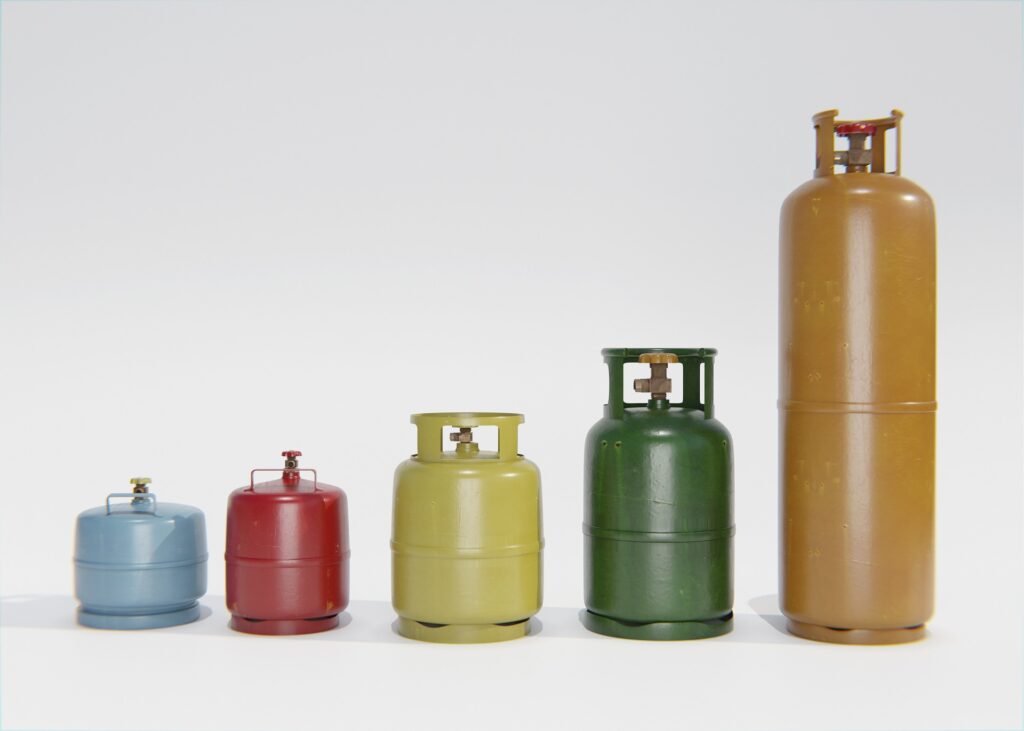Understanding the Different Sizes of Medical Oxygen Gas Cylinders
Medical oxygen gas cylinders come in various sizes to meet different clinical needs and patient requirements. The primary factor influencing the choice of cylinder size is the duration of oxygen supply required for the patient. Smaller cylinders, such as the “D” and “E” sizes, are portable and suitable for short-term use or emergencies. These sizes are ideal for patients who need oxygen therapy for a few hours or require mobility and independence. They are commonly used in home care settings or for transport. Medical oxygen cylinders come in various sizes, each designed to meet specific needs. The size of an oxygen cylinder is usually indicated by a letter, which reflects the cylinder’s capacity and pressure. These sizes are standardized to accommodate different applications, from home use to emergency medical services.

Medium-sized cylinders, such as the M6 and M9, offer a balance between portability and capacity. They are often used in situations where a patient needs a longer duration of oxygen supply but still requires some level of mobility. These oxygen tanks by wt farley are frequently employed in outpatient settings or during longer journeys. The increased capacity compared to smaller cylinders means fewer refills or exchanges are necessary, making them more convenient for extended use. The choice of cylinder size depends on several factors, including the patient’s oxygen needs, the intended use, and the duration of supply required. Smaller cylinders are more portable and convenient for home use, while larger cylinders are suited for healthcare facilities where a steady and large volume of oxygen is necessary. It is also essential to consider the pressure of the cylinder, as this affects the duration and flow of oxygen.
Large cylinders, including the H and K sizes, are used for long-term oxygen therapy or in medical facilities where a substantial and continuous supply of oxygen is required. These cylinders are heavy and typically remain stationary, providing a stable and extensive source of oxygen. They are often used in hospitals, clinics, or large-scale healthcare settings where a high volume of oxygen is needed for multiple patients or extended treatments. Understanding these size options ensures that patients receive the appropriate level of oxygen support tailored to their specific needs. Understanding the different sizes of medical oxygen cylinders helps healthcare providers and patients make informed decisions about oxygen therapy and management. Each cylinder size has its specific applications, and choosing the right one ensures that patients receive adequate and timely oxygen support. Proper knowledge of these sizes aids in optimizing oxygen supply, enhancing patient care, and effectively managing medical resources.
